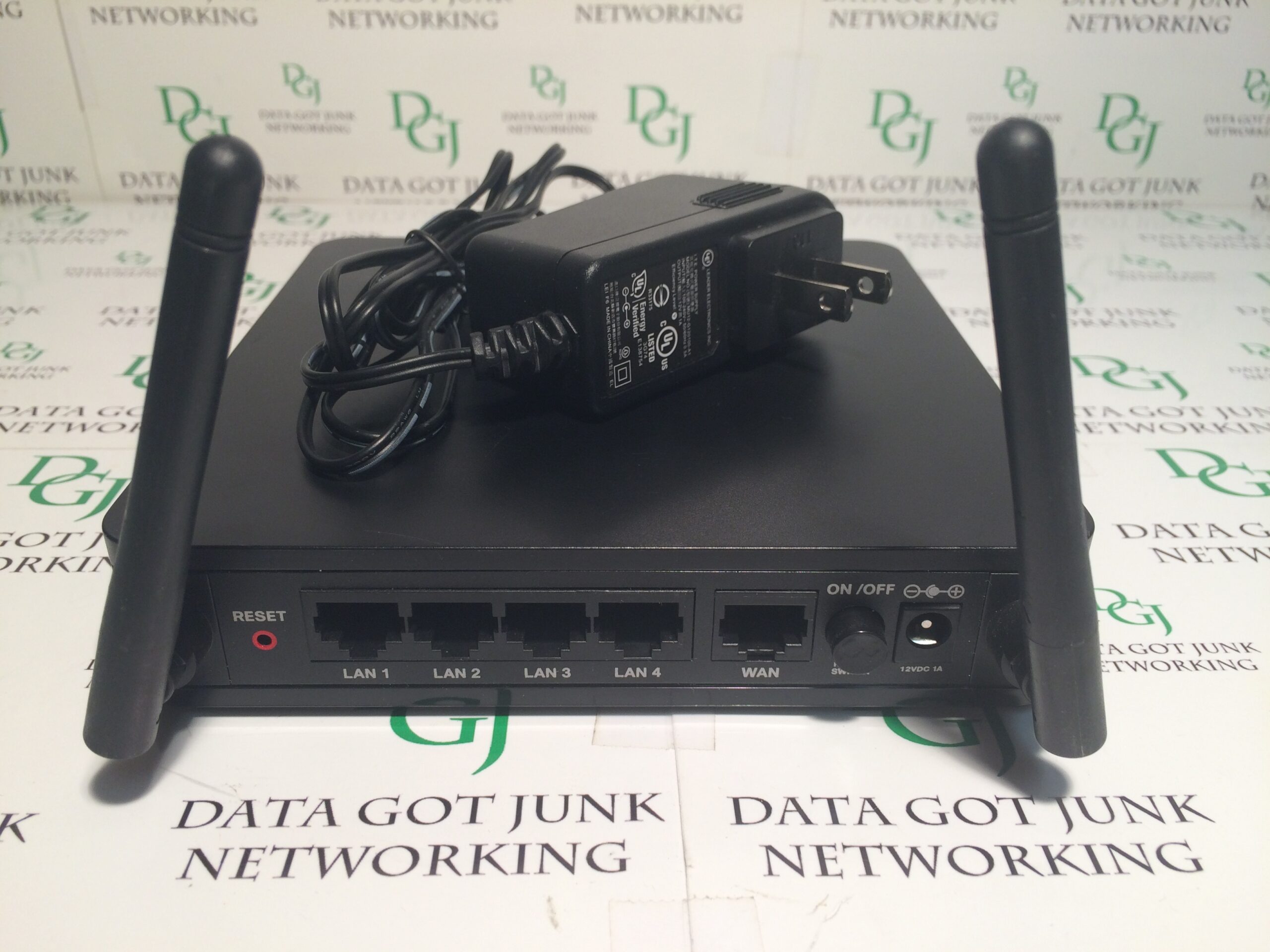

Up until this point, you haven’t had to do anything on the network. It can be the same (or different) from the root user’s password. The sudo command here is a way to say, let me temporarily become the root user so I can do something privileged.
#WIFI OPEN VPN MONITOR FULL#
By default, other users don’t have full control of the machine. ‘root’ is very special in Linux – it’s the user who has full control of everything on the machine.
#WIFI OPEN VPN MONITOR PASSWORD#
Change the password to something very secure. It’s a really good idea to change them.įirst, change the super user password by running this commands on the Raspberry Pi terminal: sudo passwdįollow the prompts to enter a new password. Out of the box, the Raspberry Pi has a couple of default passwords. This is the only step in the process that I’ll send you off to somewhere else to do something… the remainder of the instructions here are self-contained. You’ll know you’re done with this step when you can successfully log in to the Raspberry Pi’s terminal, which is the text interface where we’ll be doing most of our work.

I recommend going here to get started and following their instructions to setup your Raspberry Pi. There are some great guides out there to getting the Raspberry Pi computer up and running. Hopefully the Internet has both of our backs. Undoubtedly I may leave out some critical step or you may encounter something different. I don’t assume you know anything about Linux, Raspberry Pi, Home Networking, etc.
#WIFI OPEN VPN MONITOR WINDOWS 10#
These instructions are focused on our Android phones (both running Lollipop), and our Windows 10 laptops. It’s also a great way to provide yourself secure web browsing when you’re away from home. Specifically, enabling our Android phones and Windows laptops to access our home network, including our baby camera (and file shares and whatever else we want) while we’re not at home. It was a pain in the butt for me – I’m writing these instructions down in the hopes I can save someone else some time.Īllow secure access to things inside your home’s network from anywhere in the world. It’ll take an afternoon or a weekend to complete the project. This is what Virtual Private Networks (VPN) were built for – I’ll walk through how I set one up for our home. Well, need is a strong term… desire, perhaps. So we needed a way to get secure access from our phones, anywhere in the world, back into our home network so we could see the camera. DLink provides an app that lets you view the camera when you’re not on your home WiFi, but it does so in an insecure way – basically broadcasting the video feed for anyone to intercept and see. The problem is that we can’t view the webcam from outside the house securely. squelch the volume & not have to listen all the time to the white noise we pump into the nugget’s ears to keep him happily asleep). We use a tablet and our phones to check in on the baby using this great app (tin圜am Monitor Pro) – the best feature is that you can turn off your phone and still have the audio alert you to the baby starts making noise louder than the ambient room noise (i.e. So much cheaper than an expensive, baby-specific monitor. M and I have a great webcam setup for our home for the lil nugget – it’s a simple DLink webcam that costs less than $50.


 0 kommentar(er)
0 kommentar(er)
